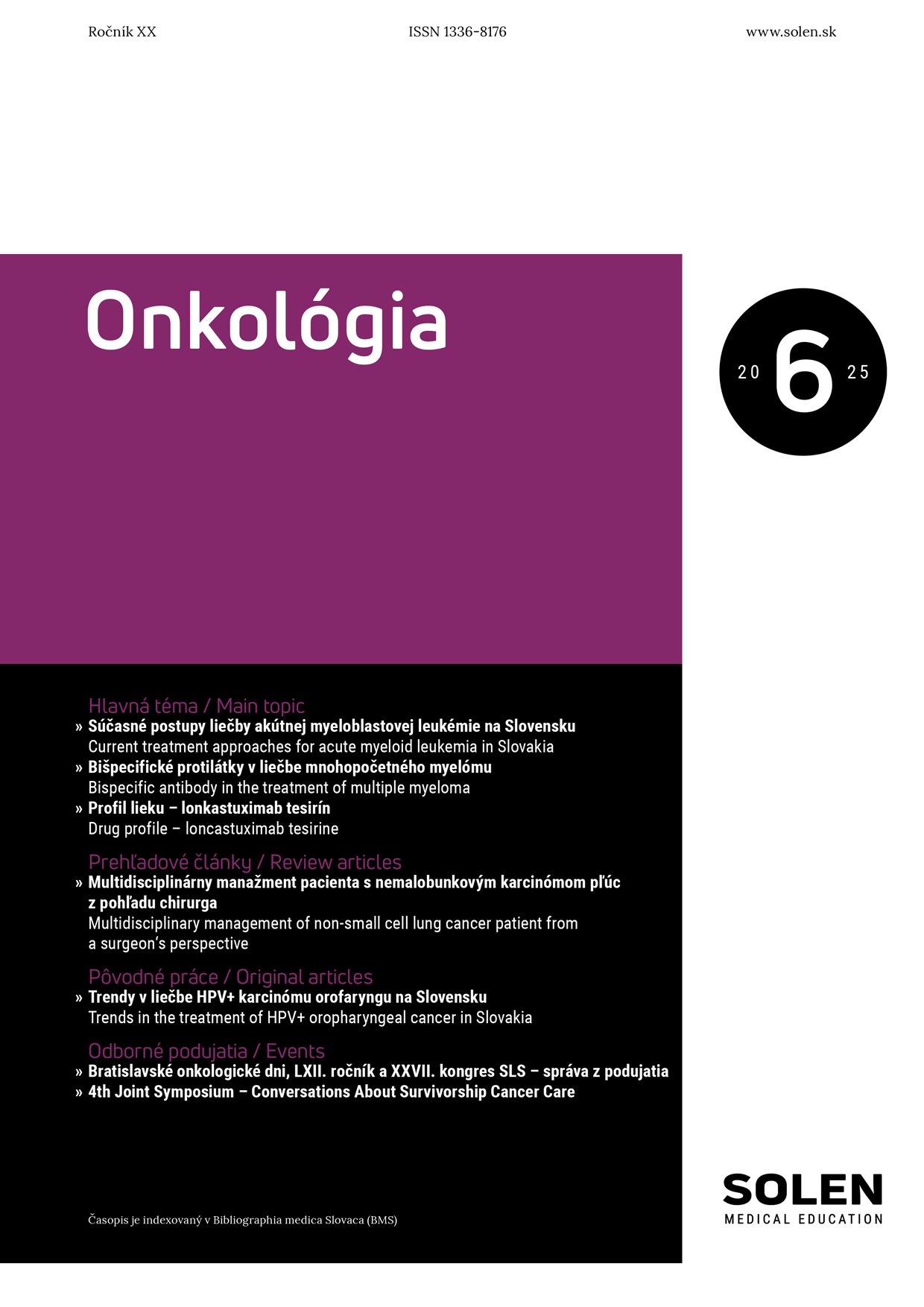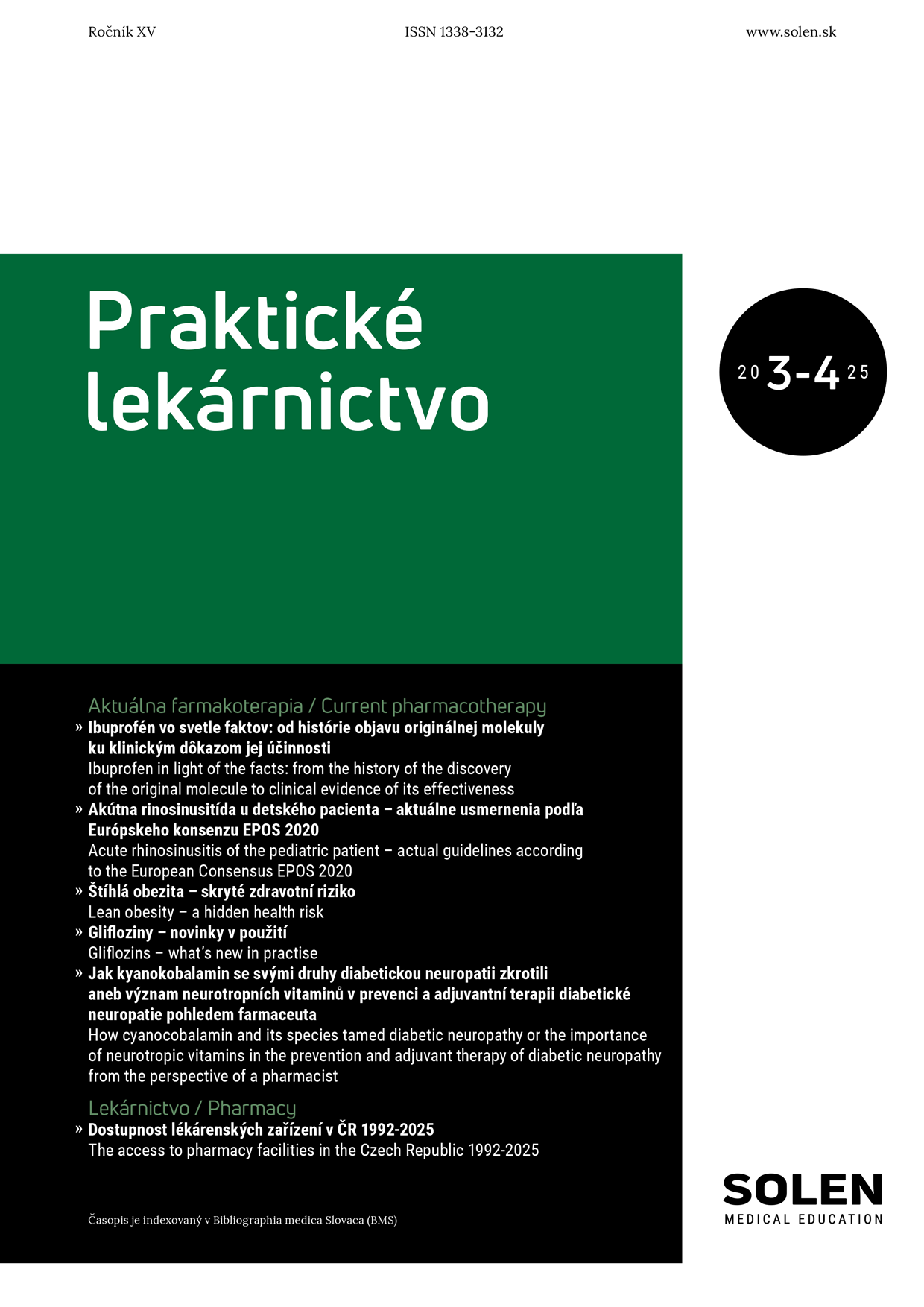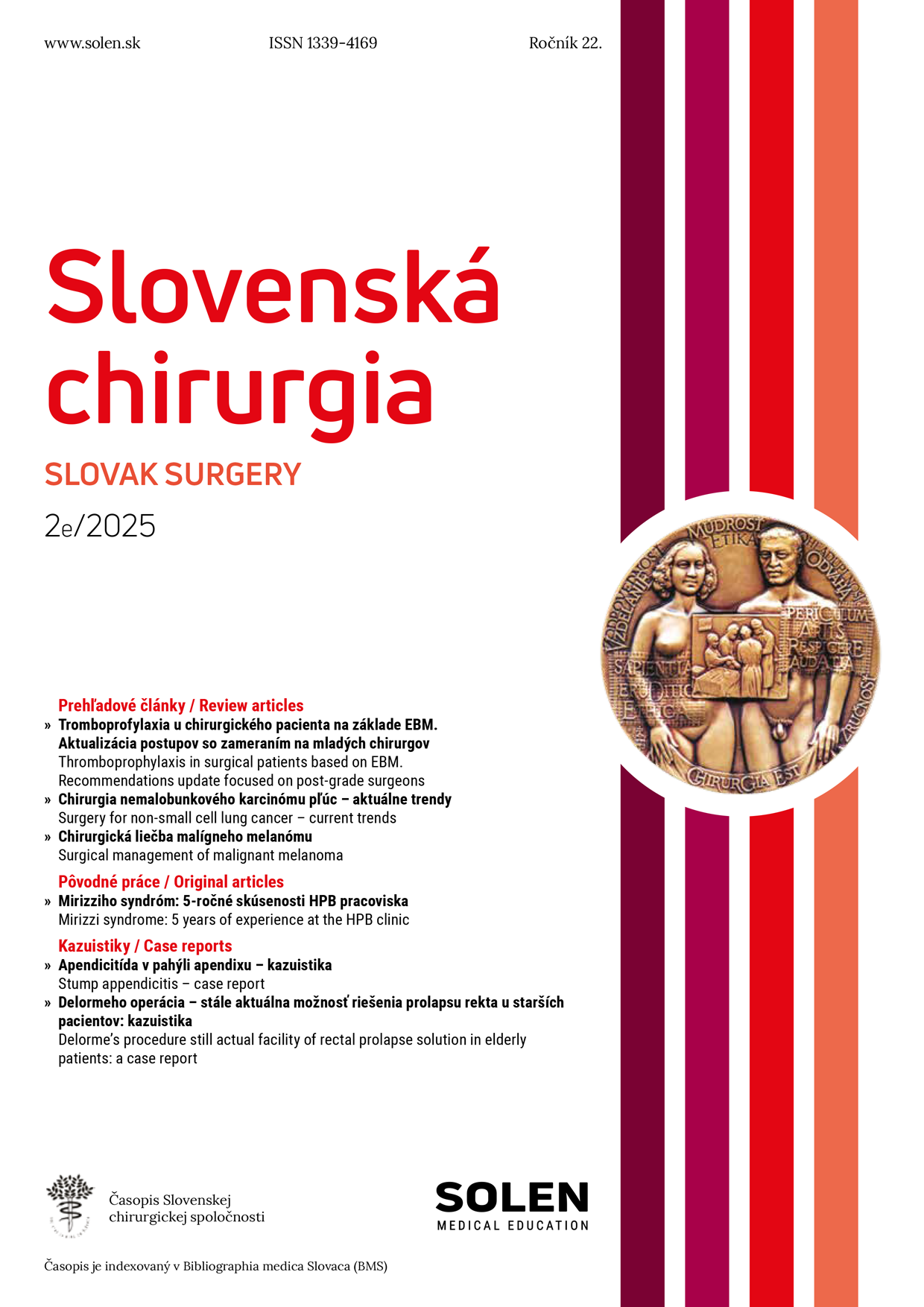Paliatívna medicína a liečba bolesti 2/2011
Kanabinoidy – charakteristika, rozdelenie, mechanizmus účinku
Konope bolo po celom svete používané stáročia k úľave príznakov mnohých chorôb. Marihuana obsahuje viac ako 460 známych zlúčenín, z nich 66 má 21-uhlíkovú štruktúru typickú pre kanabinoidy, ktoré sa viažu na kanabinoidné receptory (1). Delíme ich na endokanabinoidy, fytokanabinoidy a synteticky pripravené kanabinoidy. Objav kanabinoidných receptorov, ich exo- a endogénnych ligandov ako aj spoznanie mechanizmu syntézy, transportu a degradácie týchto retrográdnych mesengerov nám otvára možnosť zužitkovania týchto znalostí a použitia týchto „nových neurochemických nástrojov“ k vytvoreniu nových liekov (2). Agonistom aktivované kanabinoidné receptory modulujú nociceptívne prahy, inhibujú uvoľňovanie prozápalových molekúl a vykazujú synergické účinky s ostatnými systémami, ktoré pôsobia analgeticky, najmä endogénny opioidný systém. Zosumarizovanie doterajších vedomostí o účinku kanabinoidov ako aj ich potenciálneho medicínskeho využitia tvorí dlhý zoznam definujúci kanabinoidy ako molekuly vykazujúce široké spektrum aktivít.
Kľúčové slová: kanabinoidy, tetrahydrokannabinol, THC, kanabinoidné receptory, anandamid.
Cannabinoids – characteristics, classification, mechanism of action
Cannabis has been utilised for centuries throughout the world to alleviate symptoms of many diseases. Marihuana is known to contain more than 460 compounds, of which more than 60 have the 21-carbon structure typical of canabinoids, which bind to cannabinoid receptors (1). They are known as endocannabinoids, phytocannabinoids and synthetic canabinoids. The discovery of cannabinoid receptors, their endogenous ligands, and the machinery for the synthesis, transport, and degradation of these retrograde messengers, has equipped us with neurochemical tools for novel drug design (2). Agonist-activated cannabinoid receptors, modulate nociceptive thresholds, inhibit release of pro-inflammatory molecules, and display synergistic effects with other systems that influence analgesia, especially the endogenous opioid system. Summary of the so far knowledge of cannabinoids’ effects and their potential medicinal use makes a rather long screed defining them as molecules showing board spectrum of activities.
Keywords: cannabinoids, tetrahydrocannabinol, THC, cannabinoid receptors, anandamid.

















